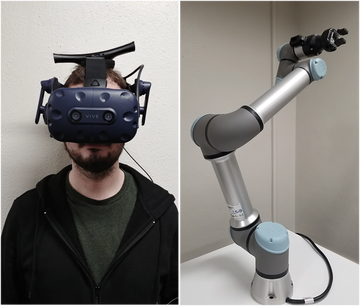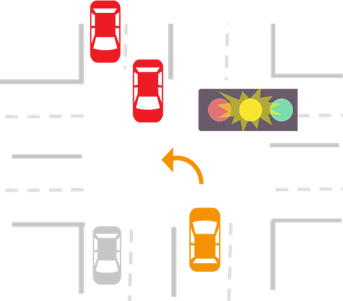R E S E A R C H A R E A S
Emerging Technologies and Safety
Emerging technologies, such as collaborative robots, exoskeletons, virtual and augmented reality technologies, have the potential to improve productivity and reduce worker health and safety risk exposures. However, there are concerns for worker safety and health due to the potential for unforeseen hazards and adverse consequences involving the rapidly advancing technologies and increasing cognitive demands for workers. Our research aims to investigate the effects of emerging workplace technologies on attentional and cognitive performance, as well as the potentials and concerns associated with the technologies for worker safety.
|
Driving Safety
Driving is a complex task requiring various aspects of sensory, perceptual, cognitive, and motor abilities. Attentional and cognitive failures during driving due to internal and external distractions are one of the leading causes of crashes. Our research aims to investigate the precise relationships between different aspects of attentional and cognitive deficits and increased crash risks in various traffic situations and driver conditions. We are especially interested in older drivers and motor vehicle safety at work.
|
Cognitive Aging and Safety
Age-related declines in attentional and cognitive functions may impact everyday and workplace task performance and increase health and safety risks at work. Our research aims to investigate how attentional and cognitive functions change with increasing age and understand the impacts of cognitive aging on public and workplace safety.
|




